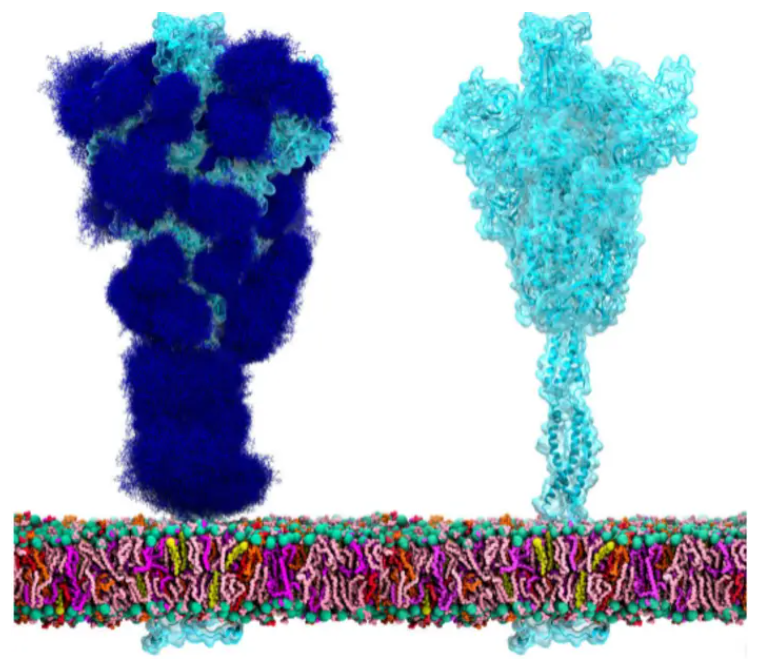
Respiratory viral infections may put patients at risk for developing rheumatoid arthritis (RA), according to a report previously published in Arthritis Research & Therapy, suggesting concerns for patients who develop coronavirus.
“In our study, parainfluenza, coronavirus, and metapneumovirus were significantly associated with the number of incident RA. The patterns of virus seasonality, the severity or virulence of infections, and the parameters such as peak age of viral infections have differential effects on the associations between each respiratory virus and incident RA. The similarity of the three significant respiratory viruses in the study has not been elucidated by one of the factors described above. More complex interactions among these virus factors or other environmental factors may be involved,” the researchers observed.
The study authors queried the Korean National Health Insurance (KNHI) claims database for records spanning 2011 through 2015; data collection included patients’ diagnoses, procedures, prescriptions, type of institution or department, and individual beneficiary information. The Korea Centers for Disease Control and Prevention database was queried for weekly observation data on coronavirus, as well as seven other respiratory viral infections: influenza, parainfluenza, adenovirus, respiratory syncytial virus (RSV), rhinovirus, metapneumovirus, and bocavirus.
Between January 2012 and December 2013, 24,117 patients received a new RA diagnosis; mean age at diagnosis was 54.7 years. About three-quarters of patients diagnosed (77.5%) were female. The majority of patients (95%) had a national health insurance. Most of the new diagnoses were made at clinics (44.6%), while 31.6% were made at tertiary hospitals and 23.8% at general hospitals.
Coronavirus Increases Incident RA Risk
An association was observed between ambient respiratory viral infections in the population and an increase in incident RA over time, with a peak at six to seven weeks following exposure. The three viruses most associated with an increase in incident RA were parainfluenza virus (4.8% for 1% respiratory viral infection increase; 95% confidence interval [CI], 1.6 to 8.1; P=0.003), coronavirus (9.2%; 95% CI, 3.9 to 14.8, P<0.001), and metapneumovirus (44%; 95% CI, 2.0 to 103.4; P=0.038). Patients who were impacted the most were women (3.8%, 12.1%, and 67.4%, respectively; P<0.05) and older patients (10.7%, 14.6%, and 118.2%, respectively; P<0.05).
“In the present study, RA development exhibited a seasonal tendency, and ambient parainfluenza, coronavirus, and metapneumovirus infections were associated with an increased number of incident RA. These results support the etiological hypothesis that respiratory viral infections in the population may have the capacity to trigger RA,” the study authors concluded.







 © 2025 Mashup Media, LLC, a Formedics Property. All Rights Reserved.
© 2025 Mashup Media, LLC, a Formedics Property. All Rights Reserved.